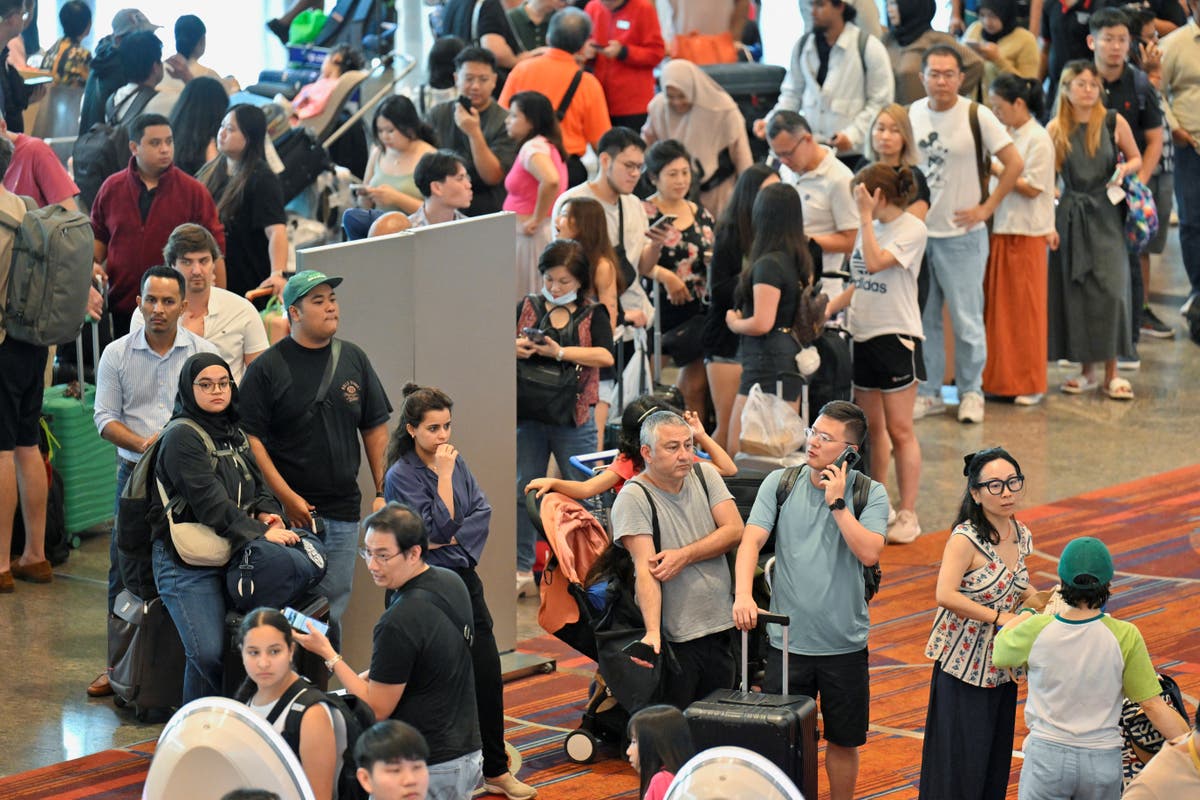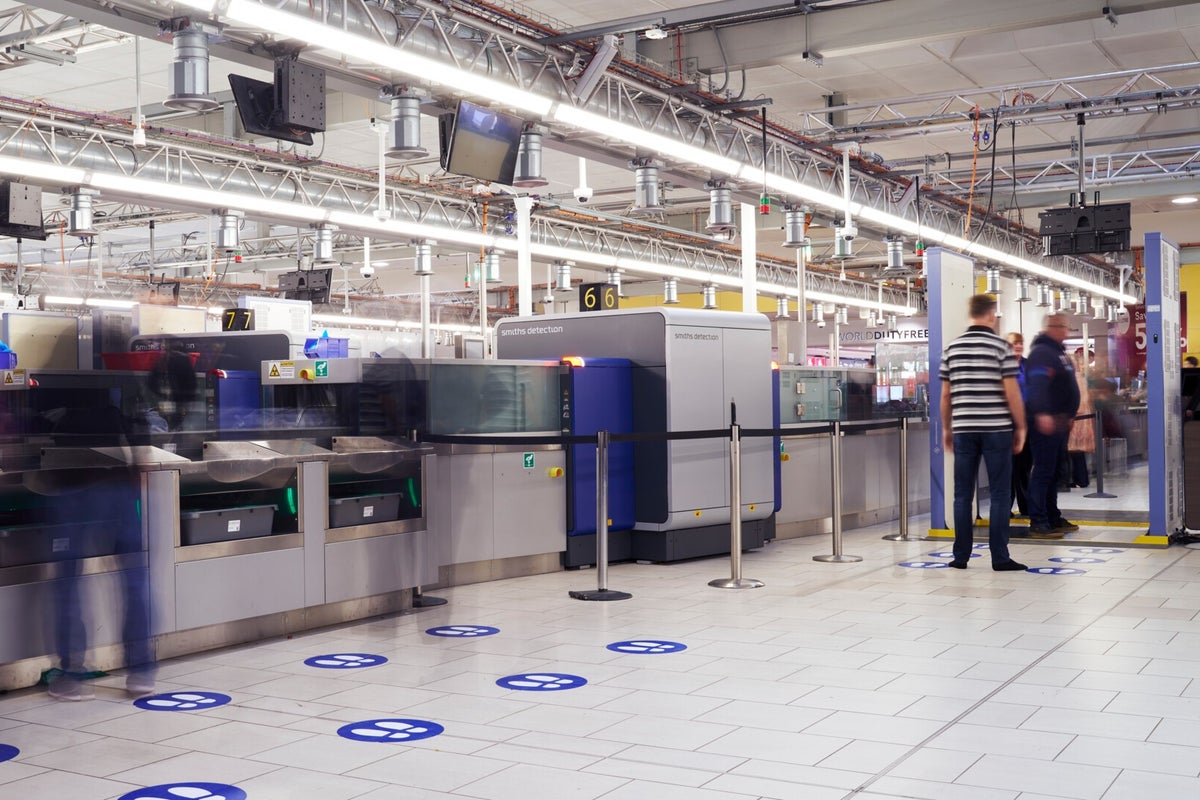Severe turbulence on flight from Singapore to Guangzhou in China leaves 7 injured
As the latest in a series of turbulence-related accidents on commercial flights, it sparks concerns over passenger safety

Your support helps us to tell the story
As your White House correspondent, I ask the tough questions and seek the answers that matter.
Your support enables me to be in the room, pressing for transparency and accountability. Without your contributions, we wouldn't have the resources to challenge those in power.
Your donation makes it possible for us to keep doing this important work, keeping you informed every step of the way to the November election

Andrew Feinberg
White House Correspondent
A flight operated by Scoot airline from Singapore to Guangzhou in southern China encountered severe turbulence on Friday, leaving seven people injured.
The Boeing 787-9 Dreamliner aircraft, carrying an undisclosed number of passengers and crew, hit turbulence while approaching Guangzhou in the Guangdong province, injuring four passengers and three crew members.
One passenger was hospitalised, Scoot said in a statement.
“We can confirm that four passengers and three crew members received medical assistance immediately upon arrival in Guangzhou. As at [6 September], 8.30pm local time, one passenger was hospitalised for further observation,” said Scoot in a statement shared with The Independent.
The airline added that its priority was the welfare of its passengers and cabin crew and it would provide the necessary support and assistance to those affected.
Photos obtained by Singapore Chinese news outlet 8world showed airport emergency personnel assisting injured passengers and crew members.
Scoot flight TR100 departed from Singapore around 5.45am, landing “uneventfully” in Guangzhou at 9.10am local time, reported the Strait Times, citing data from flight-tracking website FlightRadar24.
Data from the website indicated that the plane, flying at 20,000 ft at about 500 knots, experienced a sudden drop in altitude and speed before returning to its original flight path.
This incident comes after a Singapore Airlines flight encountered severe turbulence in May, resulting in one fatality and multiple injuries.

A 73-year-old British man died of a heart attack, while seven people were critically injured as passengers in flight were dramatically flung into the air after the plane was forced to drop 6,000ft within minutes due to weather conditions. The pilots were then forced to carry out an emergency landing in Thailand.
In a similar incident, a Turkish Airlines flight departing Istanbul to Taipei encountered severe turbulence on 5 September, injuring two crew members and five passengers. Two were taken to hospital for treatment.
Turbulence-related accidents are the most common type, according to a 2021 study by the National Transportation Safety Board.
Between 2009 and 2018, the agency found that turbulence accounted for more than a third of reported airline accidents, most of which resulted in one or more serious injuries but no aircraft damage.
A recent study cited by the BBC reported that aircraft experience moderate to severe turbulence approximately 68,000 times annually.
The Independent has reached out to Scoot for comment.

 Tekef
Tekef 




























![Are You Still Optimizing for Rankings? AI Search May Not Care. [Webinar] via @sejournal, @hethr_campbell](https://www.searchenginejournal.com/wp-content/uploads/2025/06/1-1-307.png)

